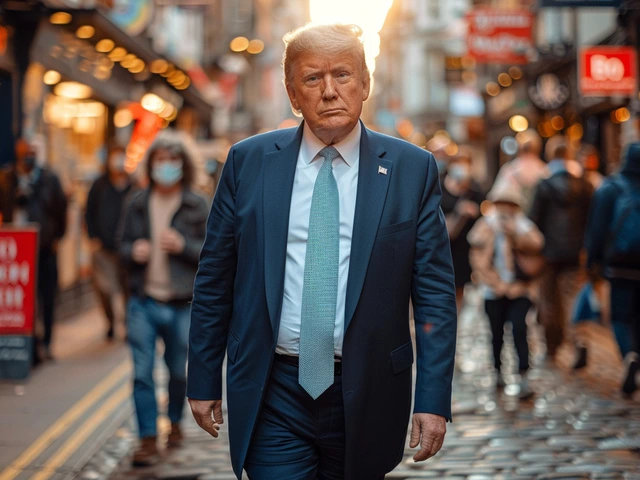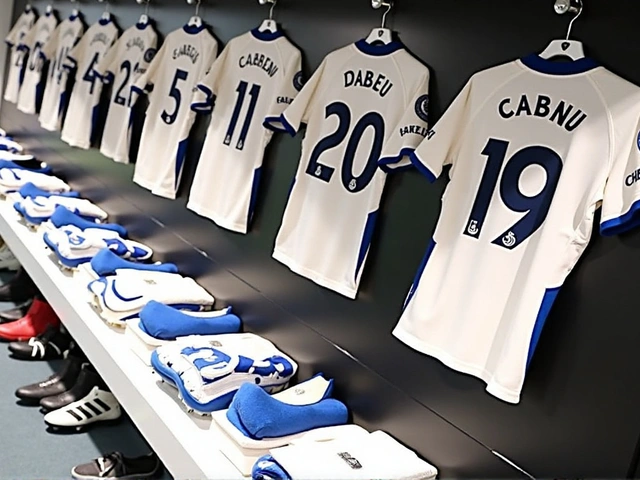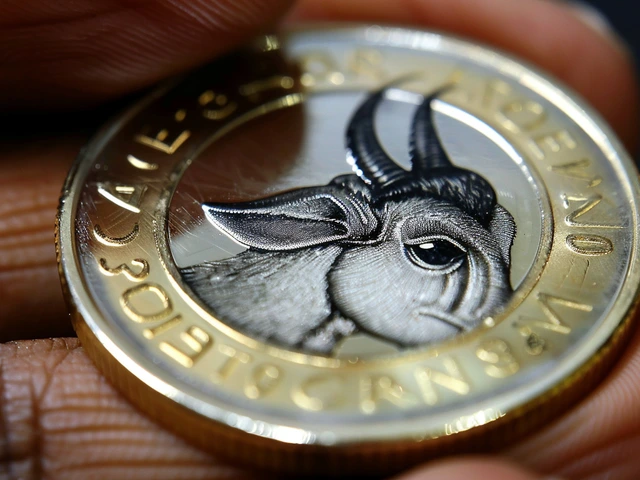Monaco Grand Prix Halted Following Major Opening Lap Collision
The prestigious Monaco Grand Prix took a dramatic turn right from the start on May 26, when an opening lap crash brought the race to a sudden halt. The incident, involving Sergio Perez’s Red Bull and the Haas cars of Kevin Magnussen and Nico Hulkenberg, sent shockwaves through the packed street circuit.
As the race got underway, tensions were already high. Sergio Perez, starting from a challenging position due to earlier qualifying struggles, found himself caught up in chaos almost immediately. Kevin Magnussen’s Haas clipped Perez’s vehicle, resulting in a violent spin that propelled the Mexican driver into the barriers with a force that left onlookers holding their breath. Hulkenberg, caught in the frenzy, also faced difficulties but emerged unscathed along with his teammate.
The impact of the collision was severe, with debris scattered across the track. Officials had no choice but to red-flag the race, bringing a temporary halt to the proceedings as the crews worked diligently to clear the wreckage and ensure driver safety. The atmosphere around the circuit was a mix of anxious anticipation and concern as fans awaited updates on the drivers involved.
Adding to the mayhem, further down the track, an incident saw Alpine teammates Pierre Gasly and Esteban Ocon collide at Portier. The added drama further complicated the race's restart, with marshals rushing to manage the multiple sites of damage and debris.
Despite the turbulence, Ferrari’s Charles Leclerc, who had secured the coveted pole position, managed to navigate through the chaos unscathed. Leclerc’s steady driving ensured that he maintained his lead, much to the delight of his fans. In a surprising twist, McLaren's Oscar Piastri found himself in second place, demonstrating remarkable composure amid the spiraling series of events.
Ferrari's Advantage from a Standing Restart
Once the track was cleared and deemed safe, the decision was made for a standing restart in the original grid positions. This played into the hands of Ferrari, providing a strategic advantage as the race resumed. Carlos Sainz, who had started third and encountered issues earlier with Oscar Piastri, managed to rejoin the race, adding another layer of intrigue to the unfolding competition.
In the immediate aftermath of the restart, the racers concentrated on regaining their rhythm and composure. The temporary halt allowed for strategic reassessments and repairs for those who had managed to return to the track. This unpredictable element of the race underscored the thrilling and often treacherous nature of the Monaco Grand Prix, an event beloved for its challenging circuit and high-stakes environment.
Unpredictability of Racing at Monaco
The Monte Carlo street circuit is renowned for its narrow course and limited overtaking opportunities, which places a premium on both qualifying performance and race strategy. The events of May 26 exemplified why this race remains a highlight of the Formula One calendar. Every twist and turn presents potential hazards, and even the most skillful drivers must remain vigilant throughout.
Analyzing the incident that led to the crash, it’s clear that a combination of aggressive driving and challenging conditions played a role. Monaco’s tight corners and limited visibility can amplify even minor errors, as seen in the case of Magnussen’s contact with Perez. These dynamics speak to the immense skill and concentration required to compete and succeed in such a demanding race.
The ramifications of the crash extended beyond the immediate chaos. Teams had to quickly adjust their strategies, pit crews scrambled to make necessary repairs, and drivers had to mentally realign to the race’s evolving pressures. The psychological fortitude required to bounce back from such disruptions is immense, highlighting the resilience and professionalism that define Formula One athletes.
Fan Reactions and Momentary Relief
As the crews worked on the clean-up, the crowd’s reaction varied from palpable concern for the drivers’ safety to a hushed anticipation of the race's continuation. There was a collective holding of breath as news trickled in that Perez, Magnussen, and Hulkenberg had all escaped without serious injury. Safety measures in Formula One have significantly advanced, but moments like these are stark reminders of the sport’s inherent risks.
For fans of Ferrari and Leclerc, the delay provided a brief moment of relief, knowing their favorite was still leading the charge. The drama and unpredictability are part of Monaco’s allure, and supporters braced themselves for the fast-paced, heart-stopping action of the resumed race.
The restart saw renewed energy and determination from all competitors. Leclerc’s continued leadership was a testament to his skill and focus amidst the early chaos. Piastri’s unexpected second place was a highlight for McLaren, signaling a strong performance and potential for upset. As the laps progressed, the tactical battles amongst teams became the primary focus, with each driver striving to capitalize on any emerging opportunity.
Impact on Season Standings
The events of the Monaco Grand Prix inevitably influence the larger narrative of the Formula One season. Driver standings, team strategies, and the psychological momentum gained or lost in such races can have lasting effects. For Perez, the crash was a harsh setback in his competitive ambitions, while for Haas, the incident underscored the perils that can upend even the best-laid plans.
Conversely, for Ferrari and Leclerc, maintaining the lead at Monaco serves as a significant morale booster. The team’s ability to navigate the complexities of the race, keep their lead driver safe, and capitalize on the restart speaks to their preparedness and adaptability in high-stakes situations. Such performances reinforce their status as formidable competitors in the season.
As the season progresses, the lessons and experiences from Monaco will be pivotal. Teams will analyze the race’s dynamics, driver performances, and incident details to refine their strategies moving forward. The resilience displayed by all involved—from drivers to pit crews—will remain a fundamental aspect of their ongoing preparations for subsequent races.
A Race Filled with Lessons
The Monaco Grand Prix of May 26, 2023, will be remembered for its dramatic opening and the skill with which some drivers navigated the ensuing chaos. It offers a clear illustration of why Formula One is as much about strategy, resilience, and adaptation as it is about speed. Each race is a chapter in an evolving story, with every driver and team contributing to the narrative through their actions on and off the track.
Looking forward, the aftermath of this race will undoubtedly shape future approaches, especially in similarly challenging circuits. The insights gleaned from incidents, both major and minor, will inform better preparation and execution in the races to come. For fans, the excitement and unpredictability of Monaco reiterate why they follow the sport with such passion and fervor.
Conclusion
The Monaco Grand Prix is a reminder of the high stakes and thrill of Formula One racing. The incident-filled opening lap of the May 26 race highlights the ever-present challenges drivers face in this demanding sport. Amidst the chaos, Ferrari’s Charles Leclerc, starting from pole position, showcased exceptional skill, maintaining his lead. From strategic pit stops to psychological resilience, the race underscored the myriad factors that come into play in a high-profile event such as this. As the season continues, these moments of drama and triumph will shape the journey of drivers and teams alike.







Write a comment